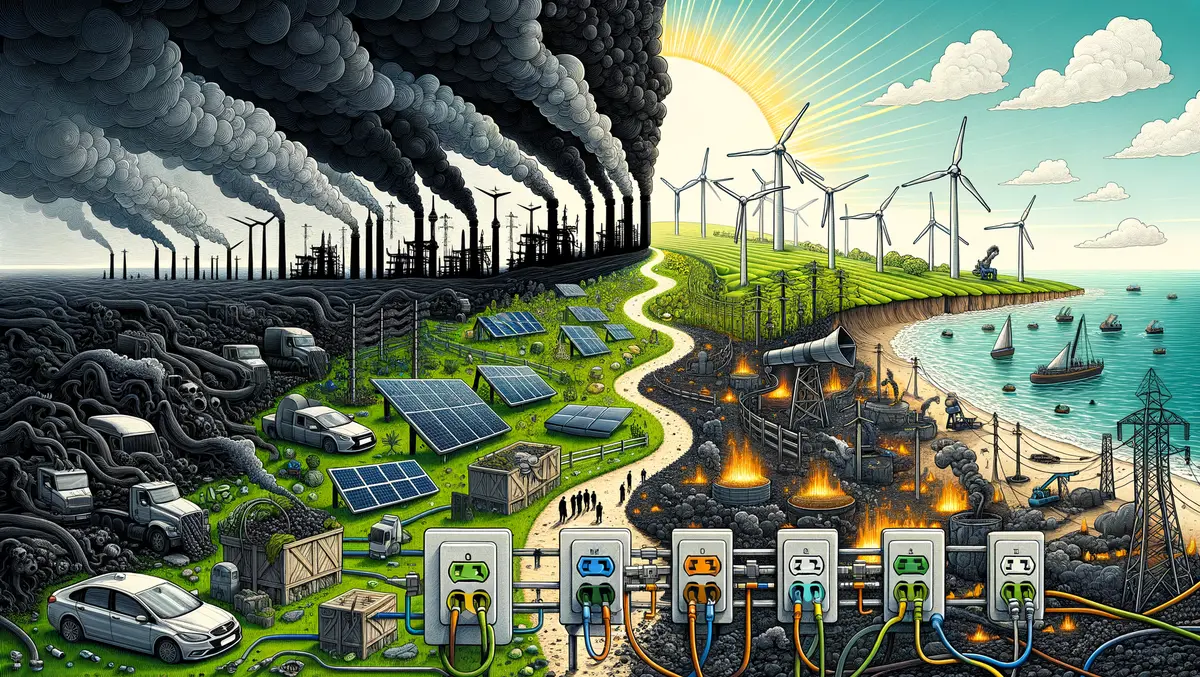
Three reasons why open standards will be at the heart of energy transition
With the shift away from traditional fossil-based systems of energy production and consumption to renewable energy sources like wind and solar, the electricity grid is now at a major turning point. As this transition progresses, it will require new solutions and technologies, the success of which depends not least on an intelligent and robust power grid.
For utility companies to efficiently counteract peak demand and control increasingly decentralised and distributed energy production and storage, communications between suppliers, network operators and the end user – utility customers – will play an increasingly important role. Here are three key reasons why open interfaces and communications standards can ensure compatibility and interoperability as the energy sector continues to transition now and in the future.
The power of ecosystems
Using open standards can alleviate the fear of technical stagnation where deployments and projects are held hostage by a single point in the system. For smart grids to succeed, they need a holistic, open approach with true interoperability between systems, devices and manufacturers in the industry.
Open standards also create the foundation on which organisations can build innovative solutions and technologies for successful energy transition. In doing so, they promote competition and the development of new ideas, helping to increase the efficiency and sustainability of the energy distribution system.
Avoiding vendor lock-in
For many years, end-to-end software solutions from a single manufacturer were considered the easy choice for organisations – convenient and stress-free but also potentially limiting. This approach also means utilities could end up paying higher costs and are at risk of being less competitive because of their dependence on a single technology provider, relying on them to make updates and innovations available in a timely manner.
Compatibility with new devices, such as smart meters or wall boxes, also becomes more of a challenge. The manufacturers themselves can also become a problem. If they go out of business or withdraw from the market, switching to a new provider will be more time-consuming and expensive.
With the appropriate interfaces and open communications standards already included in a system or device, utilities can select a new manufacturer and implement new functionality and technologies into their systems quickly and easily.
Ensuring flexibility
Open standards also reduce the time required to implement new software and systems and increase the number of devices that are compatible on the customer side. In addition, they ensure that utilities and energy suppliers can adapt flexibly to new developments in the market.
We can already see the benefits of open standards in other areas, for example, with the safe charging of electric vehicles at stations and other locations – regardless of the make and model of the vehicle. This will also become even more important in the future.
Open standards like OpenADR provide simplicity at a time when technology is becoming more and more complex, making energy management easier and future-proofing energy systems. I believe that in the long term, there will also be a natural transition towards the widespread use of open standards by those in the industry, playing an important part in the continued evolution of the energy sector.

